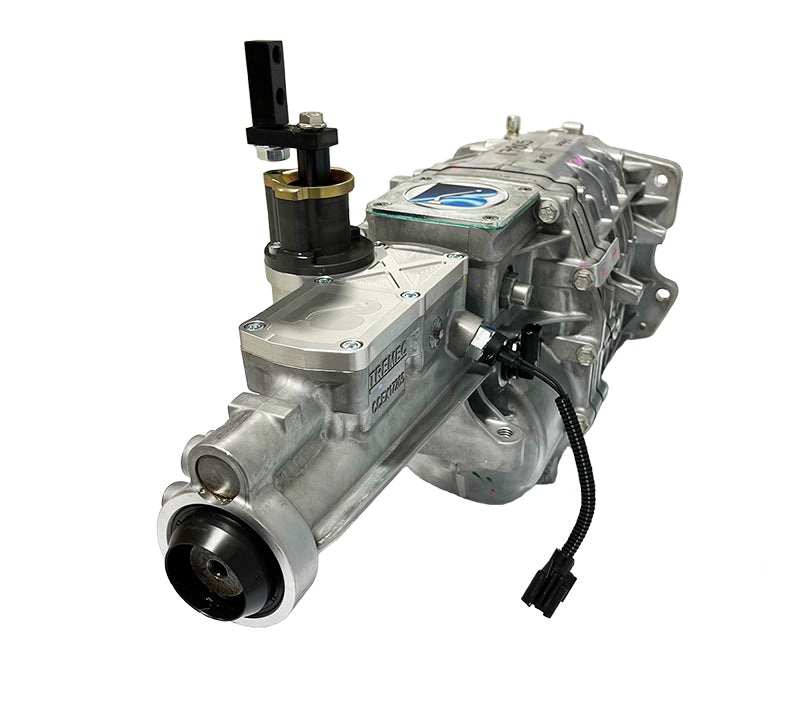

Now you are all set to reinstall the master cylinder in the car and connect it to the brake lines. Continue alternating until you no longer see bubbles in the hoses.Pump the piston with a dowel, screwdriver, or the attached pushrod slowly through its entire stroke several times, then several short, fast strokes.Thread plastic fittings into the output ports, and route the hoses back to the reservoir.Try to get it level, or even with the front pointed down slightly, so air bubbles can escape through the compensating port or brake outputs.Clamp the master cylinder in a way that won't damage it, typically by the mounting flange.The only escape the bubbles have is back into the fluid reservoir through a tiny hole at the back of the bore, and most cars mount the master cylinder flat or at a slight upward angle, trapping air at the far end of the bore.īench bleeding is easy, but you will need a bench-mounted vice to hold the master cylinder. You will never have an appropriately firm pedal as long as there are still air bubbles that need to be compressed in front of the piston, and there is little chance they will find their way out on their own. It is crucial you bench bleed the master cylinder because, as mounted to the car, it is impossible to get all the air out of the piston bore. If you are installing a new master cylinder, Wilwood or OEM style, it is already out! But test fit it to the firewall/booster first and make sure everything is right, including the pushrod length, before putting fluid in it. Not even that expensive and worth it if you do more than just your own cars.The easiest part of bleeding the brake system is bench bleeding the master cylinder, though it requires taking it out of the car. With the vac system you don’t need to fully push down the pedal to do the job. They will either accuse you of being a cheat or think you’re an idiot that knows nothing. So when you were just changing a caliper you noticed seeping on a routine brake job you now have to tell the customer that their master is junk. All that crap builds up at the end of the piston travel, you push the brakes to the floor while bleeding it and BAM it cuts the piston seals.
#Speed bleeders for gm g body cars plus#
It really shines for those of you who are a one-man show in the garage most of the time and don’t have someone there to help you bleed, plus it allows you to do it faster by yourself than you could with a helper the conventional way.Īnother thing this thing does is something I’m sure many of you have dealt with, when you fail the master cylinder during bleeding on a used car. If all is good, close the bleeder and move on to the next wheel. The clear hose will show if there are any bubbles. Then slowly pump the pedal a few times and then go check at the wheel end.
#Speed bleeders for gm g body cars full#
You can set the level you want the fluid maintained at and it keeps you full while bleeding. It also comes with a piece that you fill up with brake fluid and place on the master. It has about a 1 1/5 qt reservior in it, so if you’re flushing out your system completely its a rockstar. The vac uses compressed air and creates a vacuum on the tube you push onto the bleeder. I have found a very nice item from Mitivac that has a suction reservior. I personally stay with the conventional bleeder screws. Probably going to be years until you ever would have a reason to bleed them again and if any of you live in the Rustbelt like me you already know how thats going to turn out.

You have your car that needs lines, calipers and such, you do the repair and you bleed it. For a daily driver, I don’t see the practicality of them. I think they’re great for things that need regular bleeding.


 0 kommentar(er)
0 kommentar(er)
